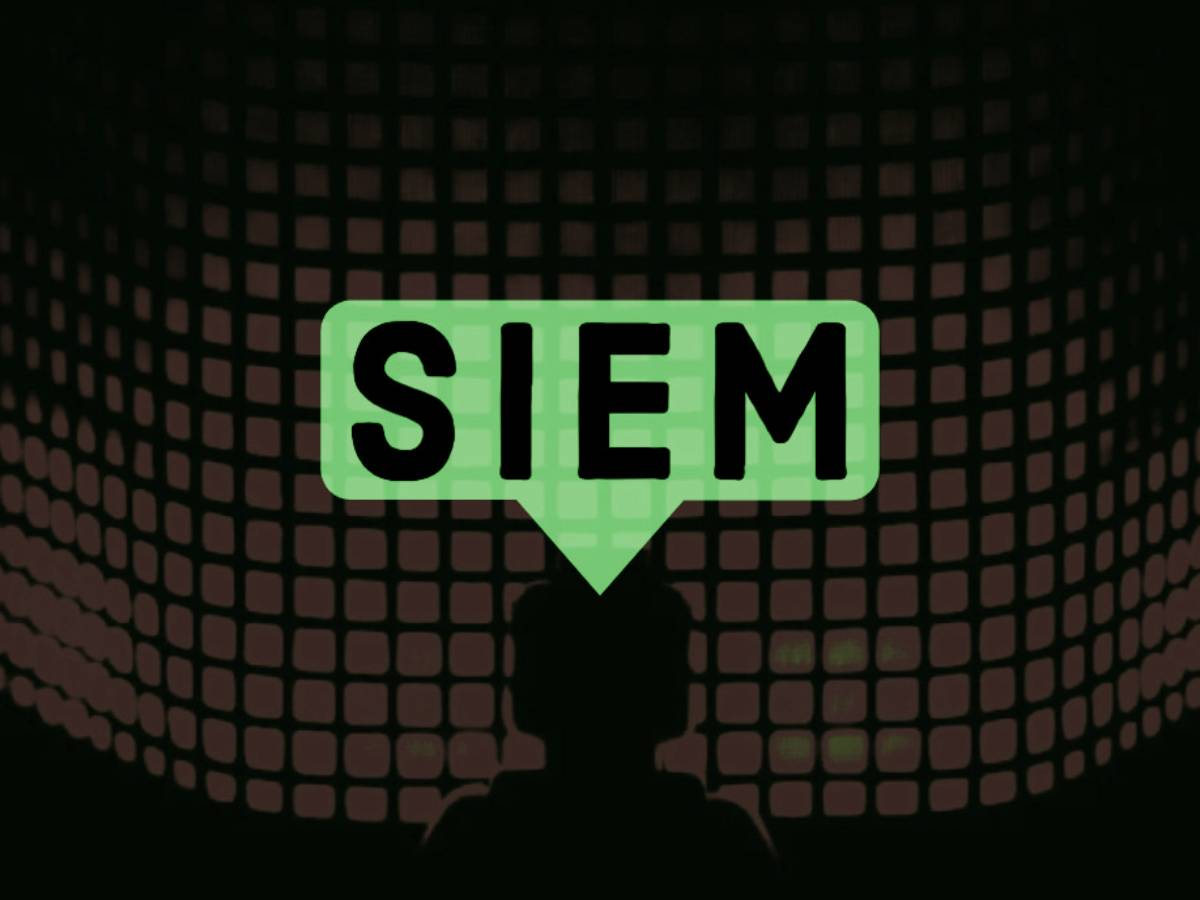A security operations center is an essential part of any safely operated network. Many different things are going on inside busy security operations centers. For example, the SOC engineers have significant functions across all the centers, regardless of size.
Table of Contents
Continual Monitoring, Analysis, and Response Practices
Engineers monitor network threats 24 hours a day, seven days a week. Similar to a NOC or network operations center, the SOC has many internal monitoring devices to help ensure the network’s functions. In addition, the engineers in the SOC have an alert system that ranks threats and potential threats as they appear by danger level.
They continually perform preventative maintenance on cybersecurity appliances. They respond to threats with containment and elimination practices as the threats pop up. The engineers also analyze the causes of each threat.
SOC engineers also make sure that the center maintains compliance with regulations at all times. For example, they may perform assessments and set up management systems at various times to make sure they are up-to-date.
The SIEM Platform
The SIEM platform, or security information and event management platform, is a technology platform that SOC engineers use to identify and assess threats. The SOC is often a large room or centralized area within a building. It houses many different computers and software to ensure that the engineers can monitor each aspect of the network.
The SIEM is an essential technology that provides threat intelligence to the people working in the SOC. It tracks data aggregation, transfers threat intelligence, correlates security events, offers advanced system analysis, helps automate the SOC, handles dashboards, helps track threats, and provides forensic data for staff.
People in the Security Operations Center
The SIEM provides tons of essential data. It takes experience and training to use the logs and analyze the SIEM’s information. While the SIEM makes tracking information and events more manageable, the threat response and maintenance are still handled by humans.
The SOC can have many kinds of people know how to respond and find threats identified by the technology systems. For example, the SOC may employ cryptologists, security analysts, code experts, statistic experts, and forensic analysts, among other professionals.
The SOC teams up to respond to threats and handle incidents. From minor incidents to significant data breaches and successful hacking attempts, they shut down threats and notify people as needed.
Automation and Artificial Intelligence
The SIEM functions inside the SOC, and it helps people analyze things as fast as possible on the network. Some SIEM platforms feature automation and artificial intelligence. These features help track developing threats, but they are accommodating when analysts deal with persistent threats.
Consistent attacks on networks can often take many forms as the attacking unit finds multiple back doors and routes through the network. The automation features and artificial intelligence can help log recurring attacks and help security teams develop safer networks as they respond.
Connectwise provides exceptional SOC services for companies that want to scale. Our diverse range of security professionals works with the developing security landscape to keep your network secure around the clock.
Also Read: Ten Simple Tips To Improve IT Security In The Company

